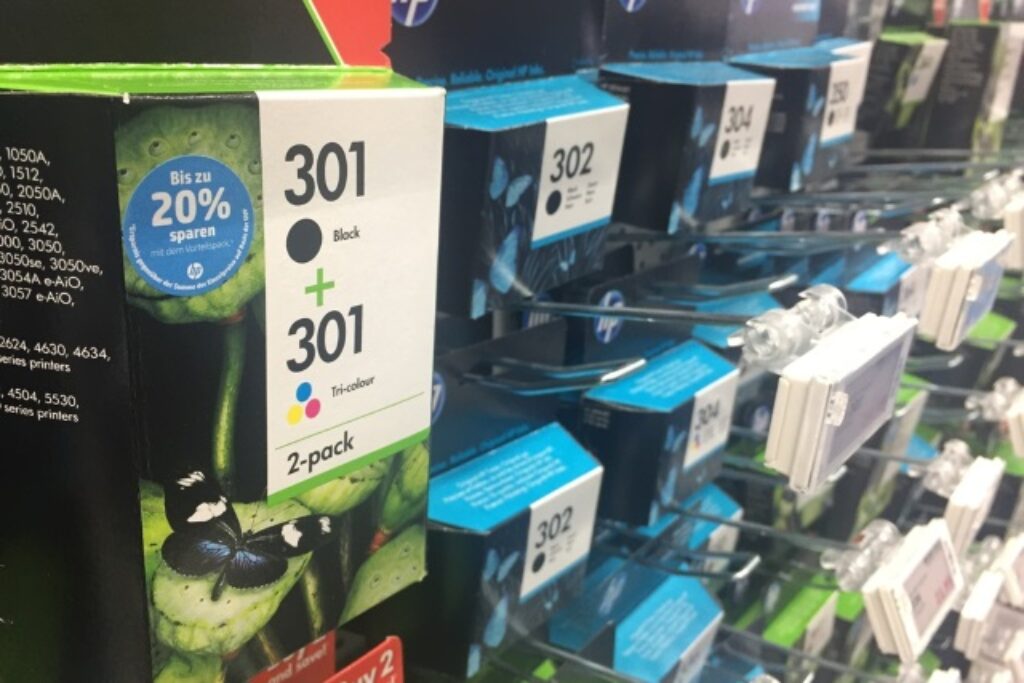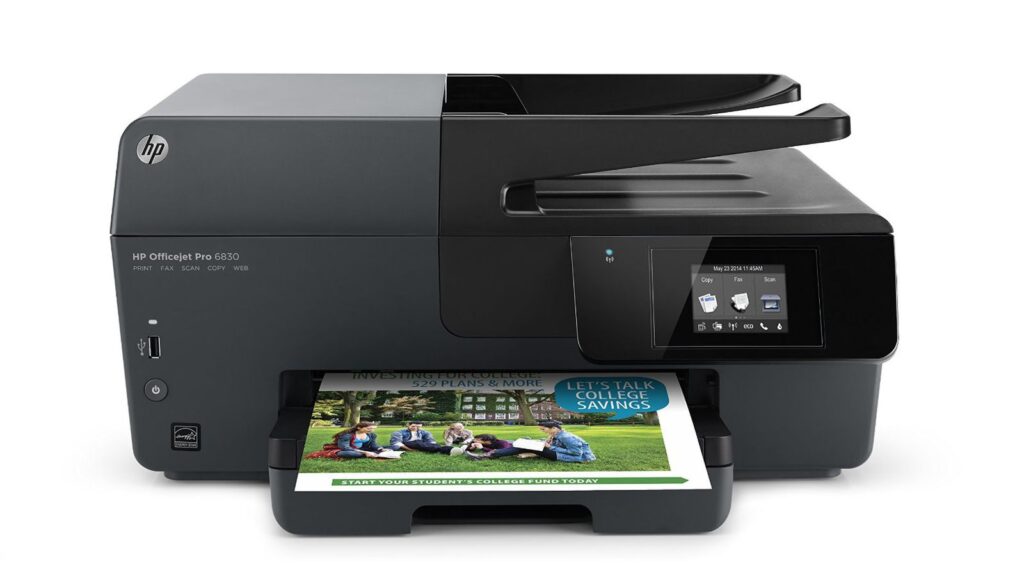When choosing the best ink cartridges for your printer, choosing the right cartridge type is important. However, some printers also offer a choice of standard and high-capacity ink cartridges. What does XL mean for ink cartridges and what is the difference between XL ink and regular ink cartridges? This article will help you decide if standard and high-capacity cartridges are right for your situation. We also provide examples of HP’s wide range of inkjet printers that support both cartridge types to help you choose your next ink-based printer. Seeing how many pages the ink cartridge can print can also help you make a decision.
Standard HP ink cartridges are more than just ink tanks. It contains the complete mechanism for transferring ink to the paper inside the printer. The ink cartridge microchip communicates with the printer’s microprocessor. The printer tells the ink cartridges when and how to eject the ink. In addition, ink cartridges tell the printer how much ink is left based on the number of pages printed. When the printer asks the ink cartridge to print, the ink chamber expels tiny droplets of ink through the printhead. Ink is ejected from a nozzle plate through multiple nozzle locations on the paper. A microchip determines the amount of ink fired from each nozzle. Printheads controlled by microchips determine how ink is transferred to paper, creating different shades and intensities of deposited ink. This intelligence and complexity within the ink cartridge makes the printer relatively inexpensive compared to the cost of replacement ink cartridges. For this reason, we recommend inferior ink cartridges that may not perform as well as you need or use more ink than you need over good quality ink cartridges. Standard HP ink cartridges are available with either black ink or color ink. Black ink cartridges are easy. They contain a single ink chamber filled with black ink. Color ink cartridges are more complicated. There are three separate ink chambers containing cyan, magenta, and yellow ink. The cartridge’s microchip emits one or more of these different colors in varying amounts to produce the actual color requested by the printer. For example, mixing magenta and yellow without cyan produces red, and mixing cyan and yellow without magenta produces green. If you mix magenta and cyan without yellow, you get blue.

High yield ink cartridges have larger ink chambers than comparable standard ink cartridges. Both contain a microchip and printhead, but the larger ink chamber stores more ink, allowing the cartridge to print more pages than standard cartridges. High-capacity ink cartridges are identified by the letters XL after the HP inkjet cartridge model number. For example, a high-volume equivalent of a standard HP 301 ink cartridge is called the HP 301XL. Also, the two cartridges have different part numbers for easy distinction. In this example, HP 301 Black Ink Cartridge part number CH561EE#UUS and HP 301XL Black Ink Cartridge part number CH563EE#UUS. High yield ink cartridges hold more ink than their standard counterparts. This difference saves users money when using the printer frequently to produce large amounts of material. Lower cost per page, fewer interruptions to the print run to replace empty cartridges, and less time spent ordering and replacing cartridges. We hope you understand what XL means for ink cartridges and the difference between XL inks and regular ink cartridges.

However, if the printer is used infrequently and only prints a few pages, there is a risk that the ink in the cartridge will dry out and become unusable. In this case, it makes sense to use standard ink cartridges as the potential amount of wasted ink is less. It is important to note that waste will vary depending on the environment in which the printer is placed. High ambient temperatures can exacerbate the problem, but factors such as humidity and direct sunlight can play a role. If the printer is used infrequently, the ink may dry out and the ink cartridges may not work properly after long periods of inactivity. Cleaning the cartridge printheads usually solves all problems. HP printers are equipped with a self-cleaning option so you don’t have to manually remove the ink cartridges to wipe the printheads with the proper solvent



